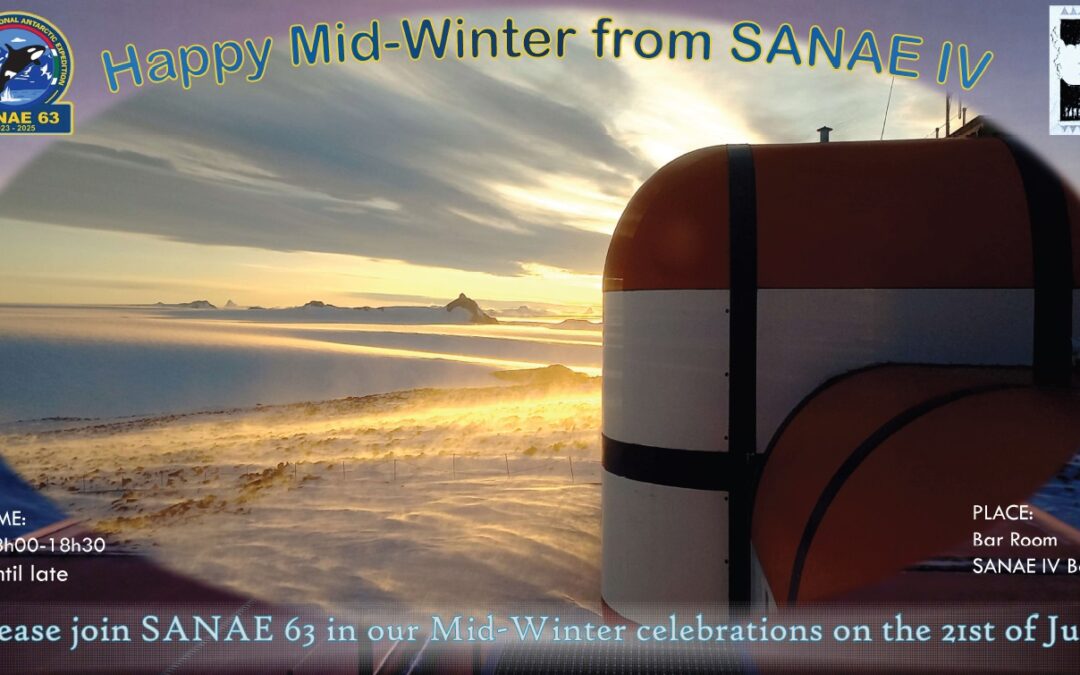
Midwinter Greetings from SANAP Teams!
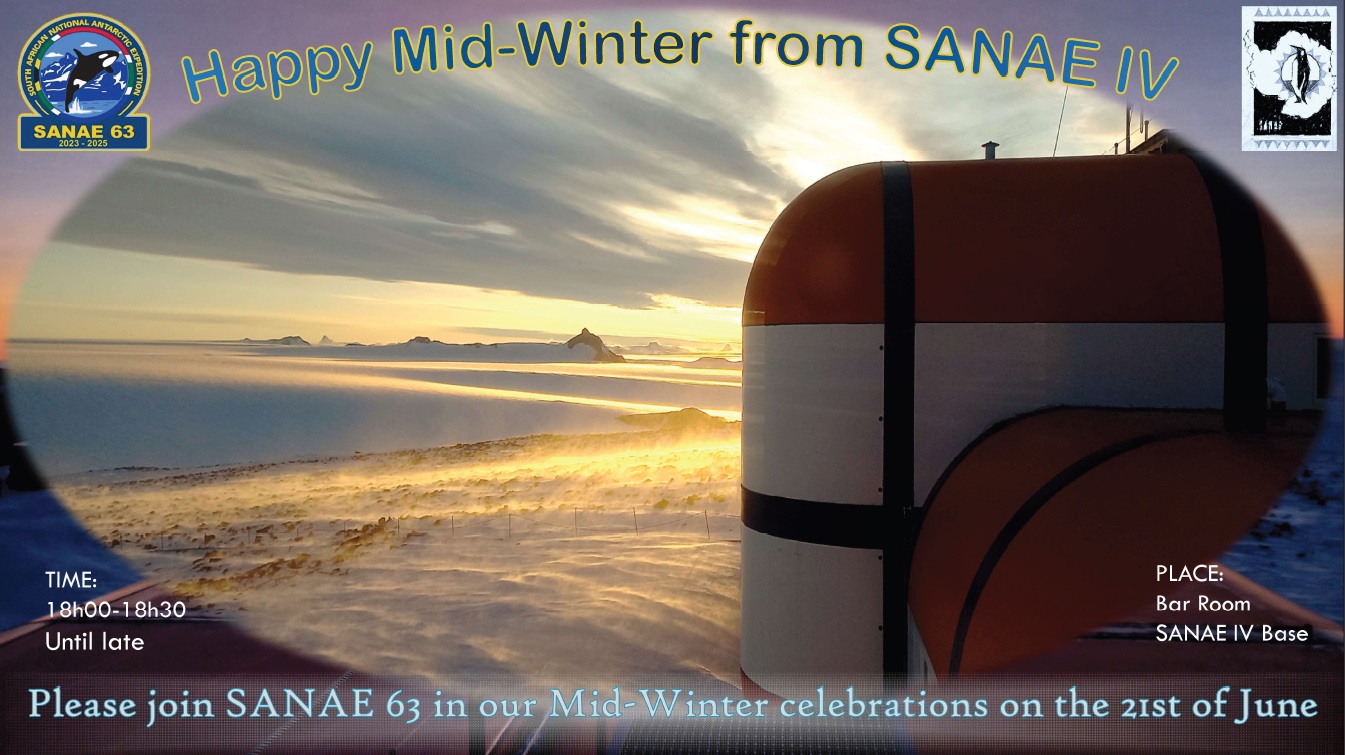

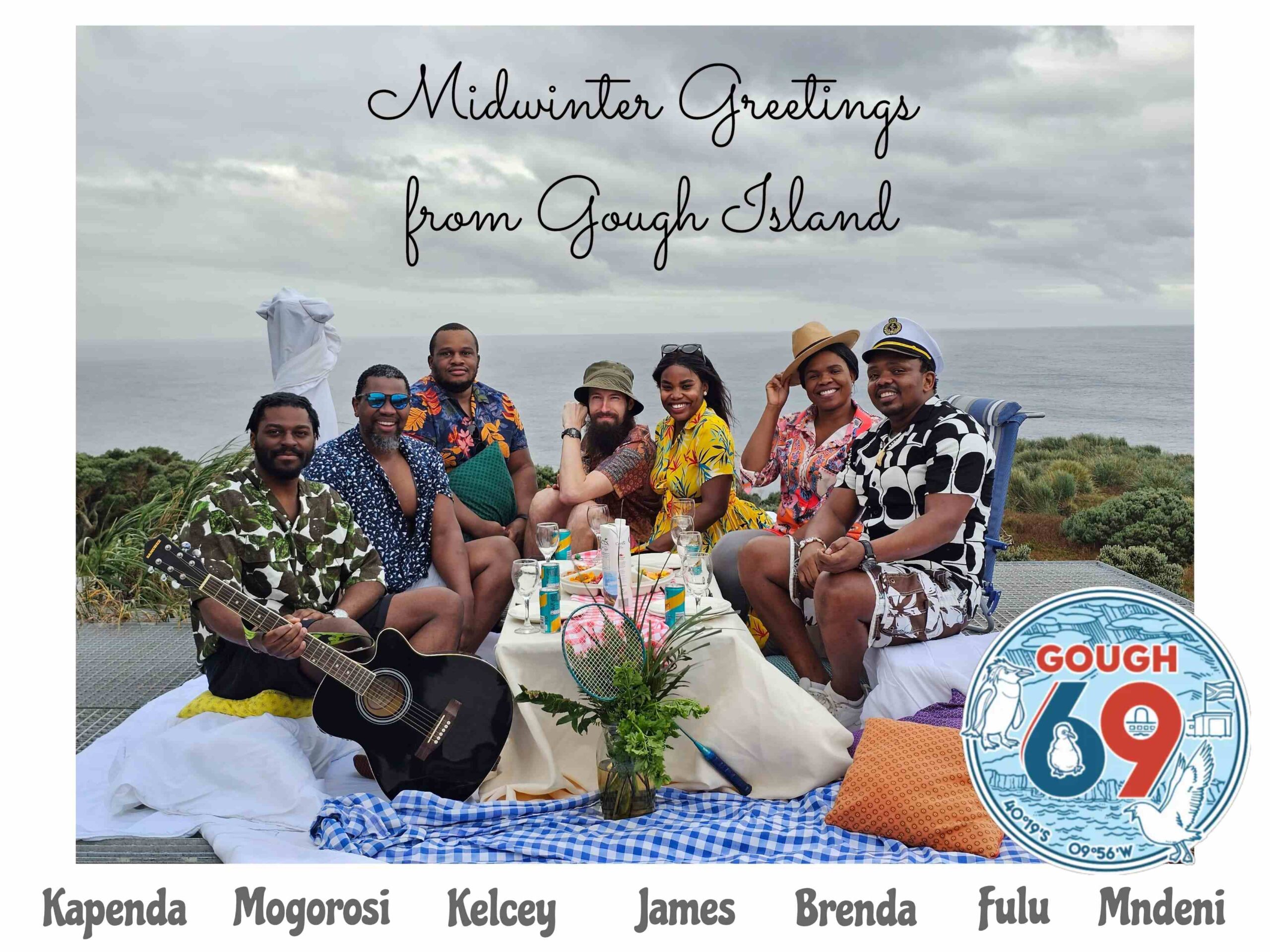





 The reason for losing direct sunlight for a good two months is due to the fact that the Earth is tilted on its own axis of rotation by around 23.5°. The Poles are designated at being at 90° latitude North or South. 90° minus 23.5° puts us at a latitude of 66.5°: the Arctic or Antarctic circles. Anything North of the Arctic Circle (officially designated as 66.30° N) or South of the Antarctic Circle (66.30° S) has alternatively 24 hours of sunlight or 0 hours of sunlight.
The reason for losing direct sunlight for a good two months is due to the fact that the Earth is tilted on its own axis of rotation by around 23.5°. The Poles are designated at being at 90° latitude North or South. 90° minus 23.5° puts us at a latitude of 66.5°: the Arctic or Antarctic circles. Anything North of the Arctic Circle (officially designated as 66.30° N) or South of the Antarctic Circle (66.30° S) has alternatively 24 hours of sunlight or 0 hours of sunlight.
 Sharing images taken by SANAE63 Team Leader and Medical Abigail Paton taken during the last week
Sharing images taken by SANAE63 Team Leader and Medical Abigail Paton taken during the last week
 When the South Pole is pointing toward the Sun in the summer, the Sun doesn’t set. Similarly, when it is pointing away from the Sun in the winter, the Sun doesn’t rise. Additionally, the long days and nights pair with the near-constant cold.
When the South Pole is pointing toward the Sun in the summer, the Sun doesn’t set. Similarly, when it is pointing away from the Sun in the winter, the Sun doesn’t rise. Additionally, the long days and nights pair with the near-constant cold.
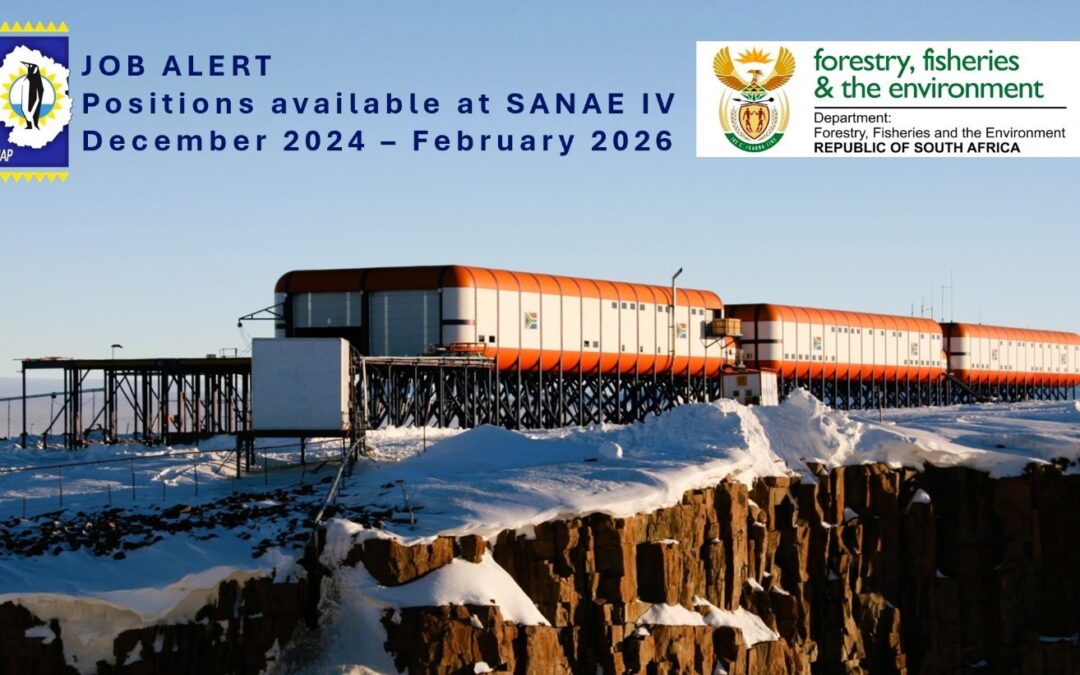
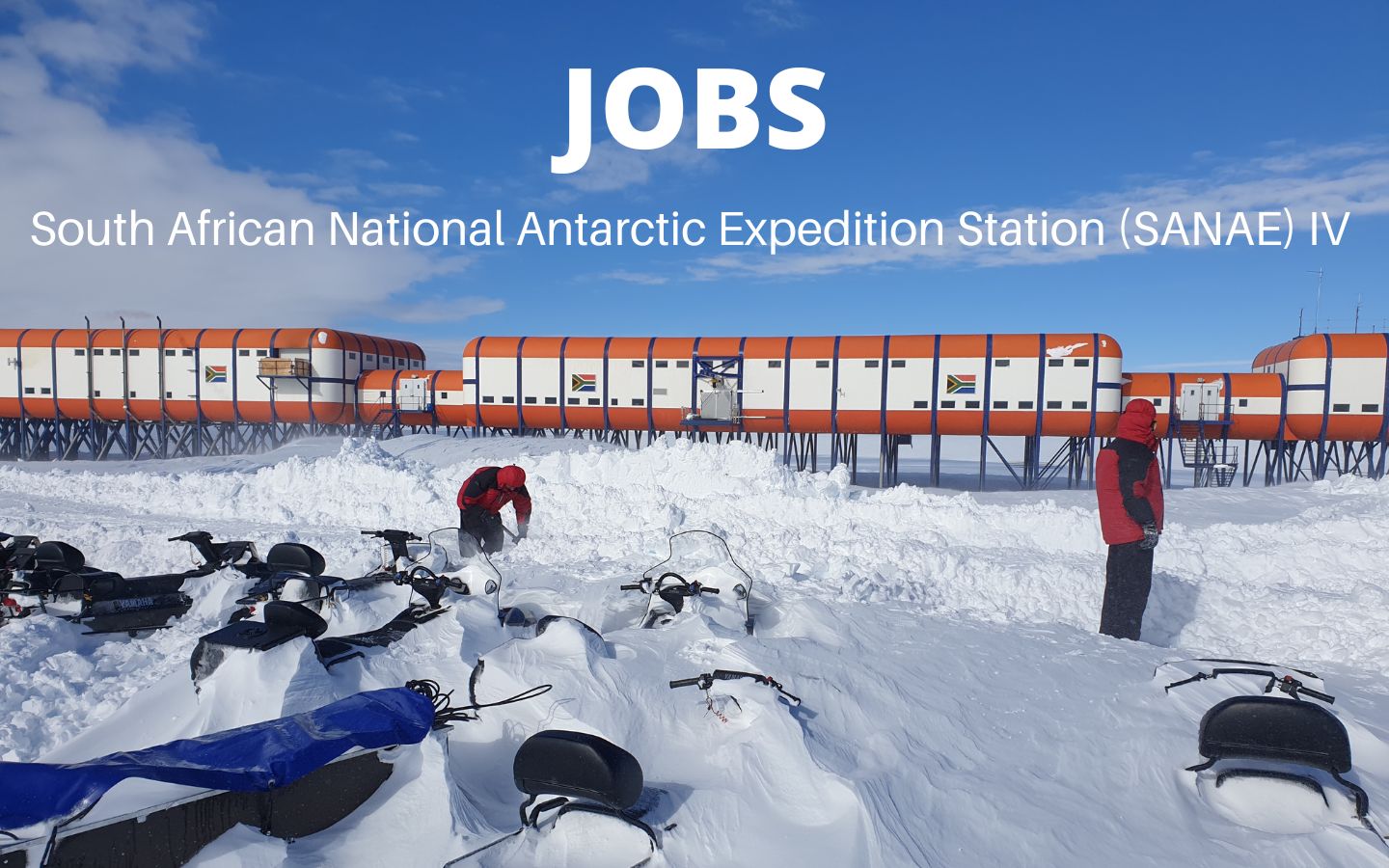 The following vacancies are advertised by The Department of Forestry, Fisheries and the Environment (DFFE) for positions based on Antarctica.
The following vacancies are advertised by The Department of Forestry, Fisheries and the Environment (DFFE) for positions based on Antarctica.
The successful applicant will spend a full year (December 2024 to February 2026) at SANAE IV base.

 Announcing a 2nd Edition of the Special Issue focused on “Antarctic Remote Sensing Applications” that will be published in the journal Remote Sensing (IF: 5.000).
Announcing a 2nd Edition of the Special Issue focused on “Antarctic Remote Sensing Applications” that will be published in the journal Remote Sensing (IF: 5.000).
 The focus of this Special Issue will be on changes that have been and are undergoing in Antarctica mostly driven by climate change but as well by tectonics, volcanism, and erosion, that causes adaptation of Antarctic biota’s occupation and mobility, and of Human presence. Research papers focused on Antarctica that analyze data acquired by remotely operated sensors within the Remote Sensing scope are welcome to this special issue, in particular:
The focus of this Special Issue will be on changes that have been and are undergoing in Antarctica mostly driven by climate change but as well by tectonics, volcanism, and erosion, that causes adaptation of Antarctic biota’s occupation and mobility, and of Human presence. Research papers focused on Antarctica that analyze data acquired by remotely operated sensors within the Remote Sensing scope are welcome to this special issue, in particular:
Researchers working on these topics express an interest in contributing to this Special Issue by sending a potential title, list of authors and abstract (of about 300 words) to gprates@ualg.pt and/or to submit your contributions.
The submission deadline will be 30th September 2024.
CONTACT:

 EARTH DAY Theme 2024 – Planet v Plastics
EARTH DAY Theme 2024 – Planet v PlasticsCelebrating our remarkable planet on this extraordinary day. Earth Day is a reminder of the importance of environmental conservation and sustainability. Earth Day symbolises the need to protect our mother nature. It encourages every individual to think about environmental conservation and act accordingly. It speaks about the need to reduce carbon footprints, conserve natural resources, and protect wildlife and natural habitats.
The South African National Antarctic Programme (SANAP) objectives are to conserve develop and understand the environment and plays a crucial role in conserving the Antarctic Region. Studies done in the Antarctic are inextricably linked to our understanding of the entire Earth system and signals in Antarctica indicate past and future global changes. SANAP recognises the global and national importance of safeguarding the environment of the Antarctic and Southern Ocean and protecting the integrity of ecosystems, both marine and terrestrial, in the region. The programme takes cognisance of the presence of natural resources (both renewable and non-renewable) and the increased interest in their possible utilisation (both consumptive and non-consumptive).

SIGN THE GLOBAL PLASTIC TREATY
The Global Plastic Treaty is an opportunity for the United Nations and Governmental Organizations to prove the health of the planet and its citizens take priority over an industry threatening the health of every human on Earth. Most importantly, though, it is a chance for our world to come together as one, and truly pledge and commit themselves to restoring the planet, following the model of the successful international cooperation found in the Montreal Protocol. The Global Plastics Treaty has the potential to end plastic pollution, protect human health, and lead to a waste-free world. We cannot allow our governments to waste this pivotal opportunity.

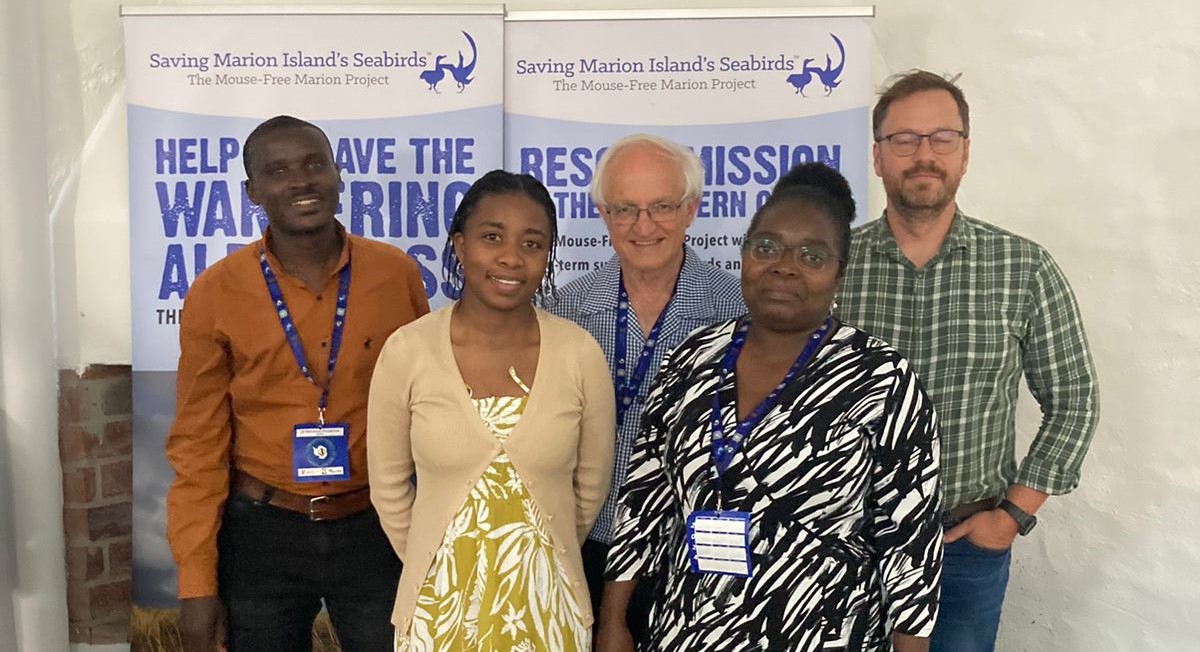
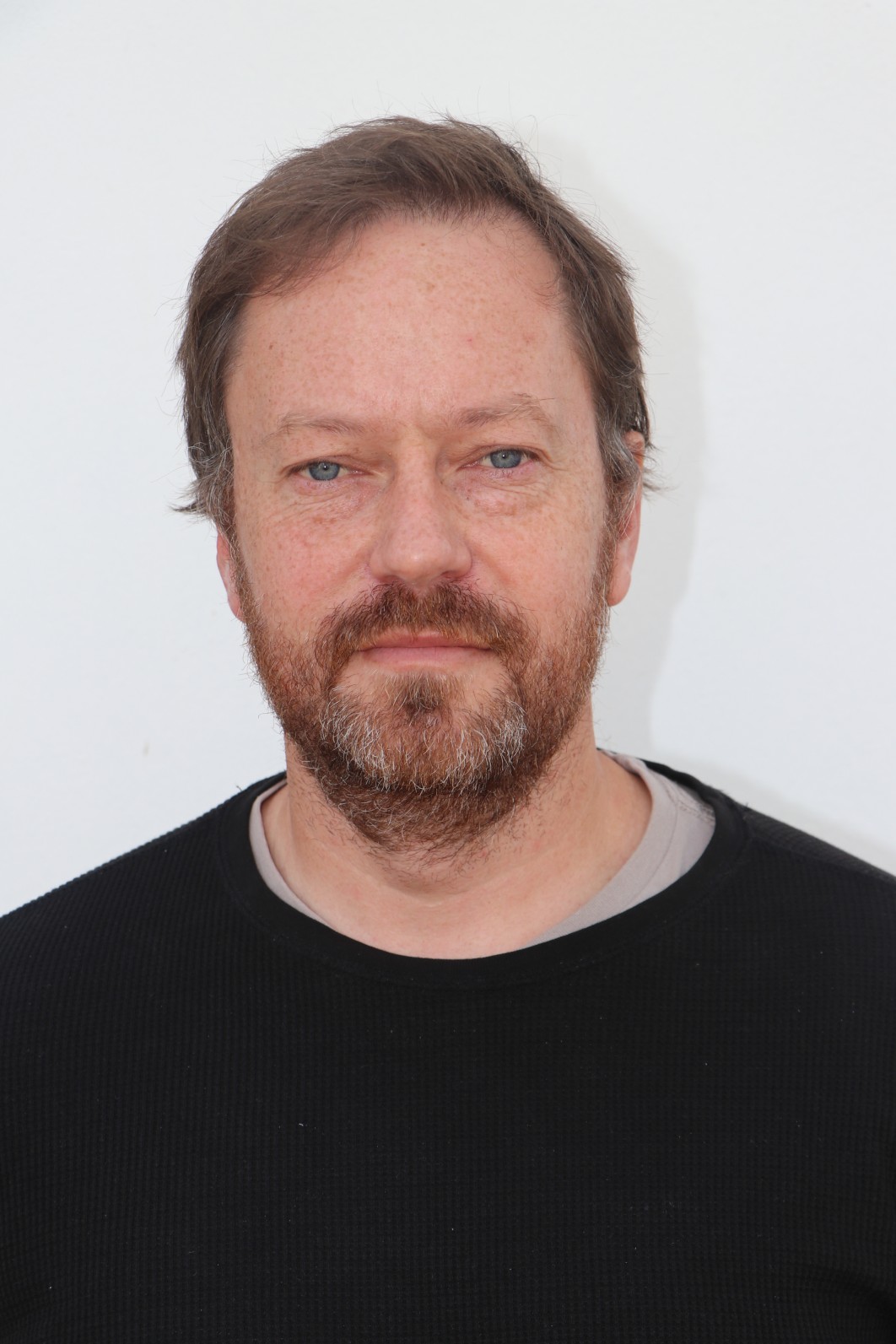
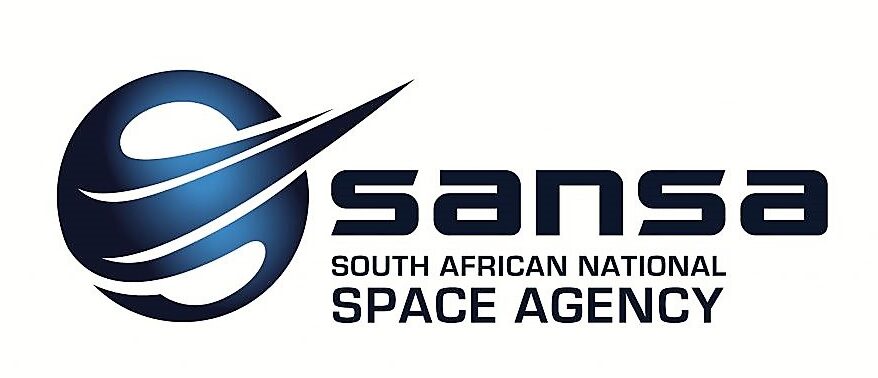 The last session on research themes were earth observations within the Marine and Antarctic Research Strategy research themes. The session on Space Physics was chaired by Dr Stefan Lotz. Dr Michael Kosch was not available in person but joined online with his presentation. (Above: group photo of presenters). All the presenters are from the South African National Space Agency (SANSA) based in Hermanus.
The last session on research themes were earth observations within the Marine and Antarctic Research Strategy research themes. The session on Space Physics was chaired by Dr Stefan Lotz. Dr Michael Kosch was not available in person but joined online with his presentation. (Above: group photo of presenters). All the presenters are from the South African National Space Agency (SANSA) based in Hermanus.
 Above(l-r): Michael Kosch, Tshimangadzo M. Matamba, Nkosinathi Masango, Pierre Cilliers, Alicreance Hiyadutuje
Above(l-r): Michael Kosch, Tshimangadzo M. Matamba, Nkosinathi Masango, Pierre Cilliers, Alicreance Hiyadutuje
East Pier Shed, East Pier Lane,
V&A Waterfront, Cape Town,
South Africa